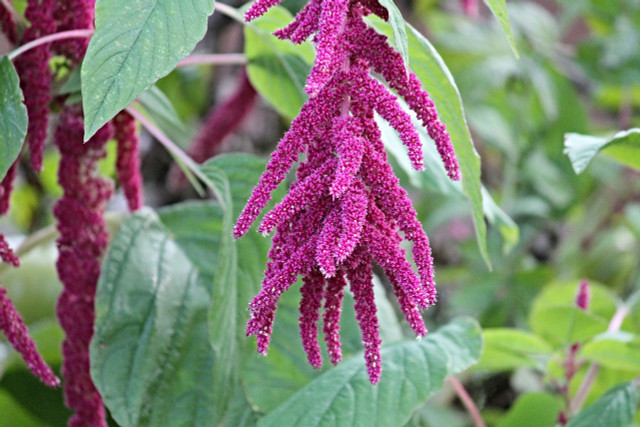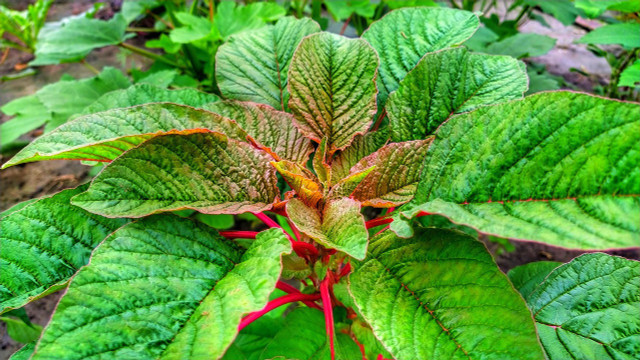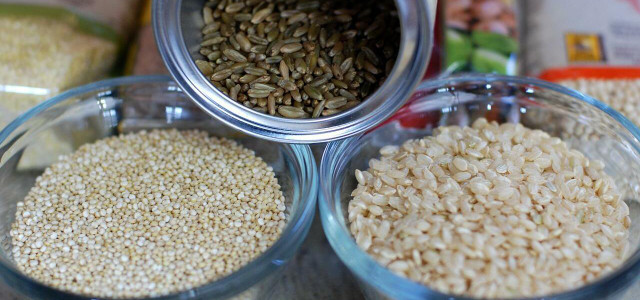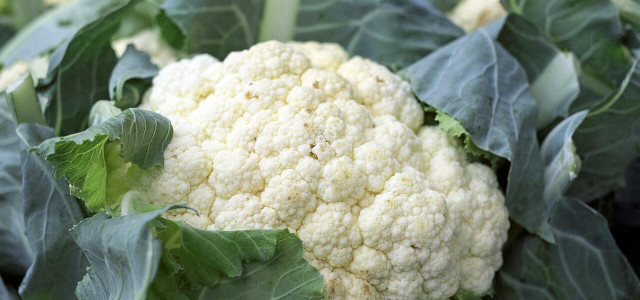Amaranth leaves are a superfood that has gained popularity in recent years. But how beneficial are they, really? We’ll take a closer look at this leafy green.
Amaranth leaves, sometimes referred to as chaulai, are a spinach-like leafy vegetable originating in Peru. Popular with the Aztecs, amaranth leaves have a long history of culinary use dating back over eight thousand years. In modern times, they are commonly found across South America and Asia and come in a variety of colors, from deep purple to red and gold.
So can they be eaten? The amaranth plant from which these leaves are harvested boasts multiple edible elements. Not only is amaranth a flowering plant, but amaranth leaves and seeds are both edible and a good source of nutrients. The most popular method of cooking amaranth is to rinse the leaves in cold water and cook them in oil for about 10 minutes. This vegetable is also tasty as an extra ingredient in a variety of curry recipes such as saag, and as a side dish or snack when seasoned with lemon juice, ginger, or cumin for extra flavor.
Benefits of Amaranth Leaves



(Foto: CC0 / Pixabay / manfredrichter)
Amaranth leaves can make a tasty snack or an interesting addition to your favorite curry recipe, but what is their nutritional benefit?
Often referred to as a superfood, amaranth leaves are a heart-healthy food due to their high proportion of potassium and fiber, which are associated with reducing the risk of heart disease. In terms of vitamins, this vegetable is a good source of vitamins C, A, K, and B6, all of which keep our bodies healthy and help maintain a normal immune system. Amaranth leaves are also reported to help with treating low iron levels and anemia, as this plant contains a high amount of iron.
You can get these nutrients from eating the leaves, or from cooking amaranth seeds.
Are Amaranth Leaves Problematic?



(Foto: CC0 / Pixabay / prokashpul2)
As a food, amaranth leaves are a good source of nutrition, but how sustainable are they? Luckily, this vegetable is purportedly one of the more environmentally-friendly foods that you can buy.
In terms of agriculture, the growing process for amaranth leaves is fairly green. Most commonly harvested in grain form within the US and Mexico, these leaves are often grown without pesticides or other toxic chemicals. This means that they have little to no negative or disruptive impact on soil conditions and animal ecosystems. Amaranth leaves are also considered to be ethically-grown vegetables. Their high harvest yield and relatively high selling price mean that farmers often make a larger profit when compared to harvesting other superfoods such as the problematic avocado.
However, there are some potentially dangerous elements to the use of amaranth leaves. In particular, amaranth dye is banned in the US as a potential carcinogen, although the seeds themselves and amaranth leaves for consumption have not been suggested to be dangerous.
Read more:
- Reuse Vegetable Scraps: Skip the Trash and Put Food Back on Your Plate
- Drying and Pressing Leaves: Tips & Tricks for Preserving Their Color
- Freekeh Recipes: 3 Healthy Vegan Ideas
Do you like this post?








